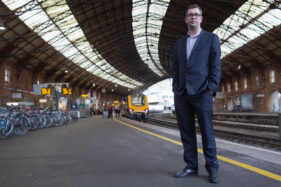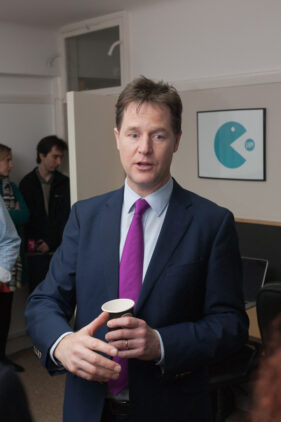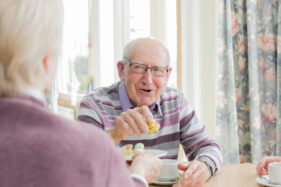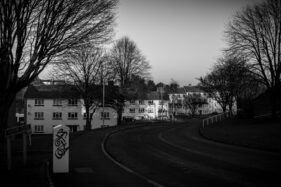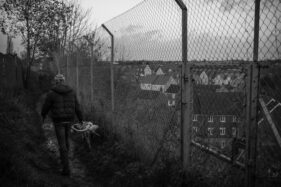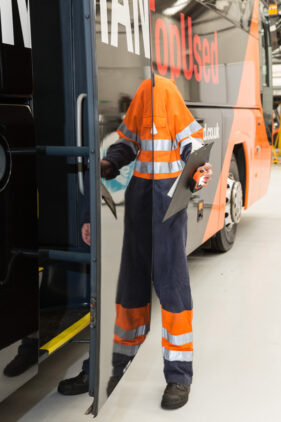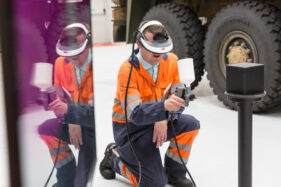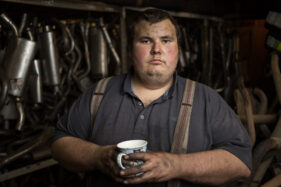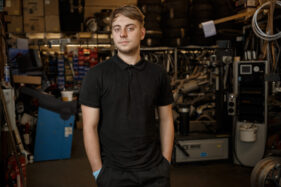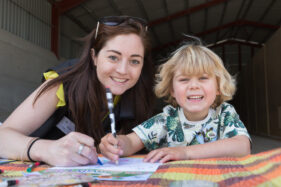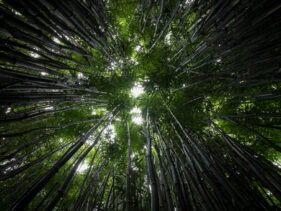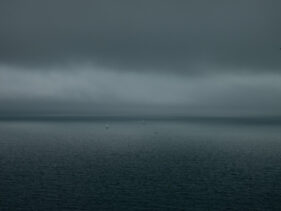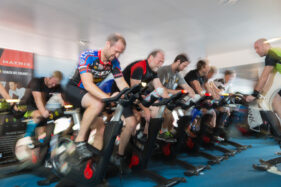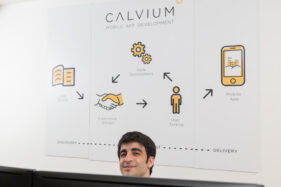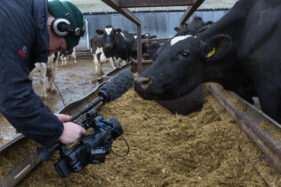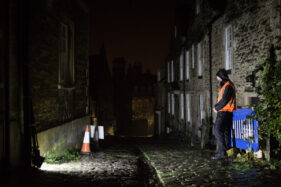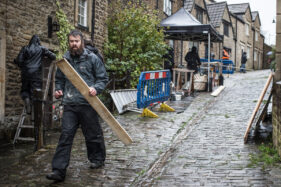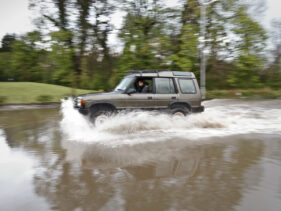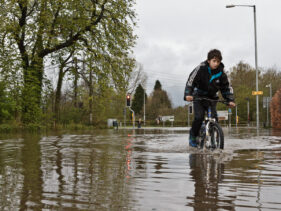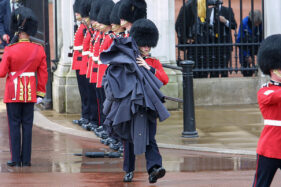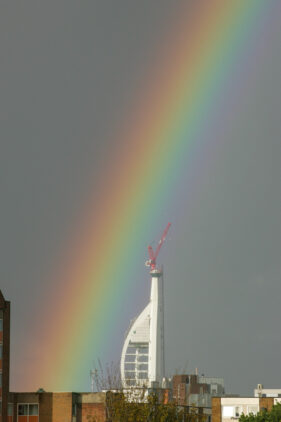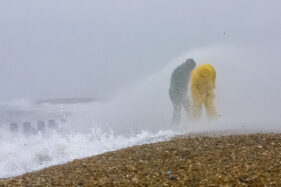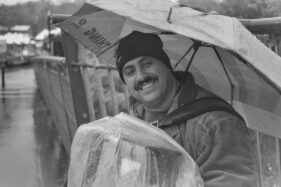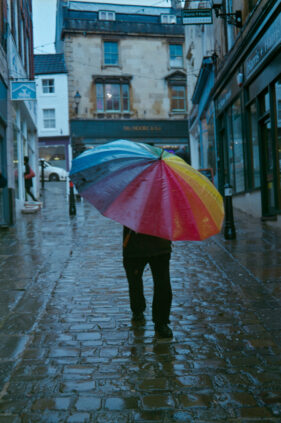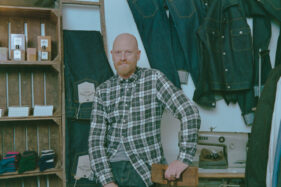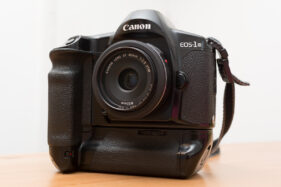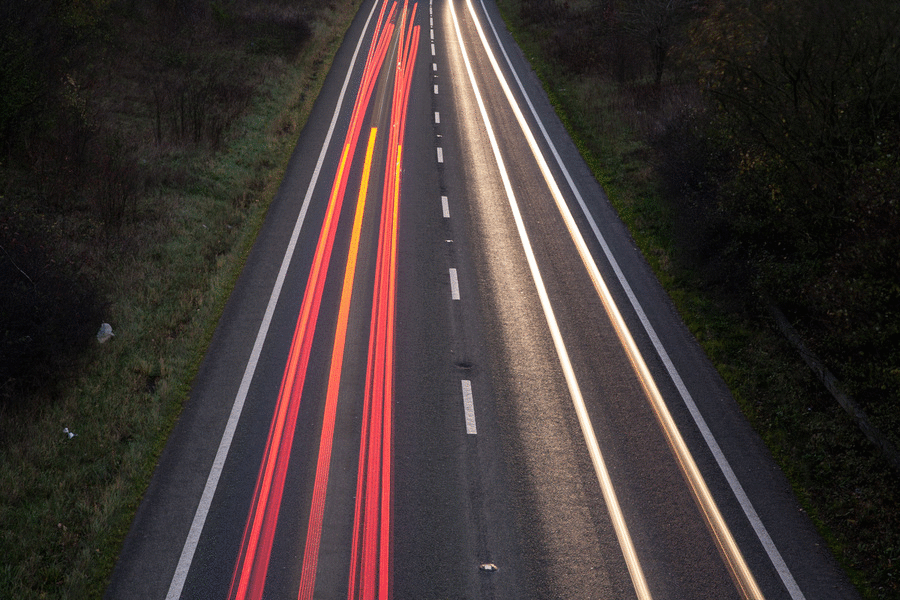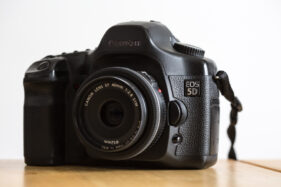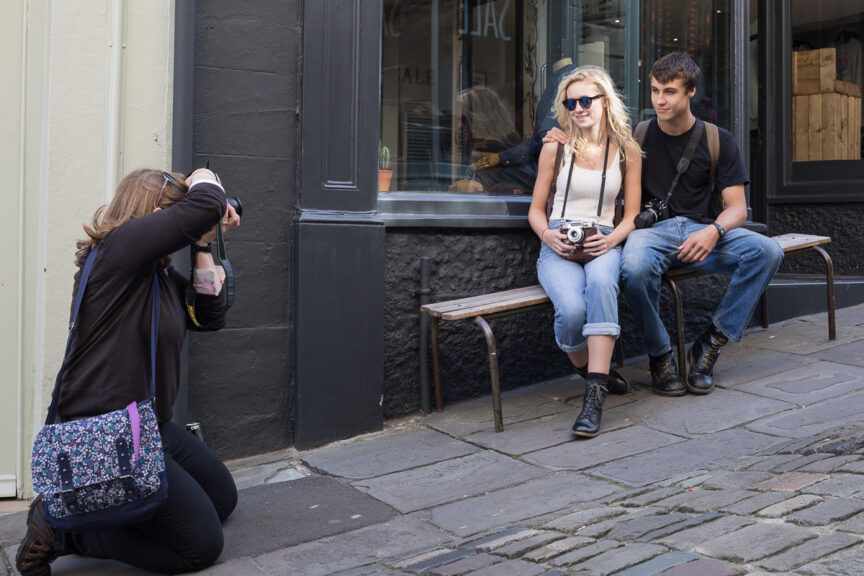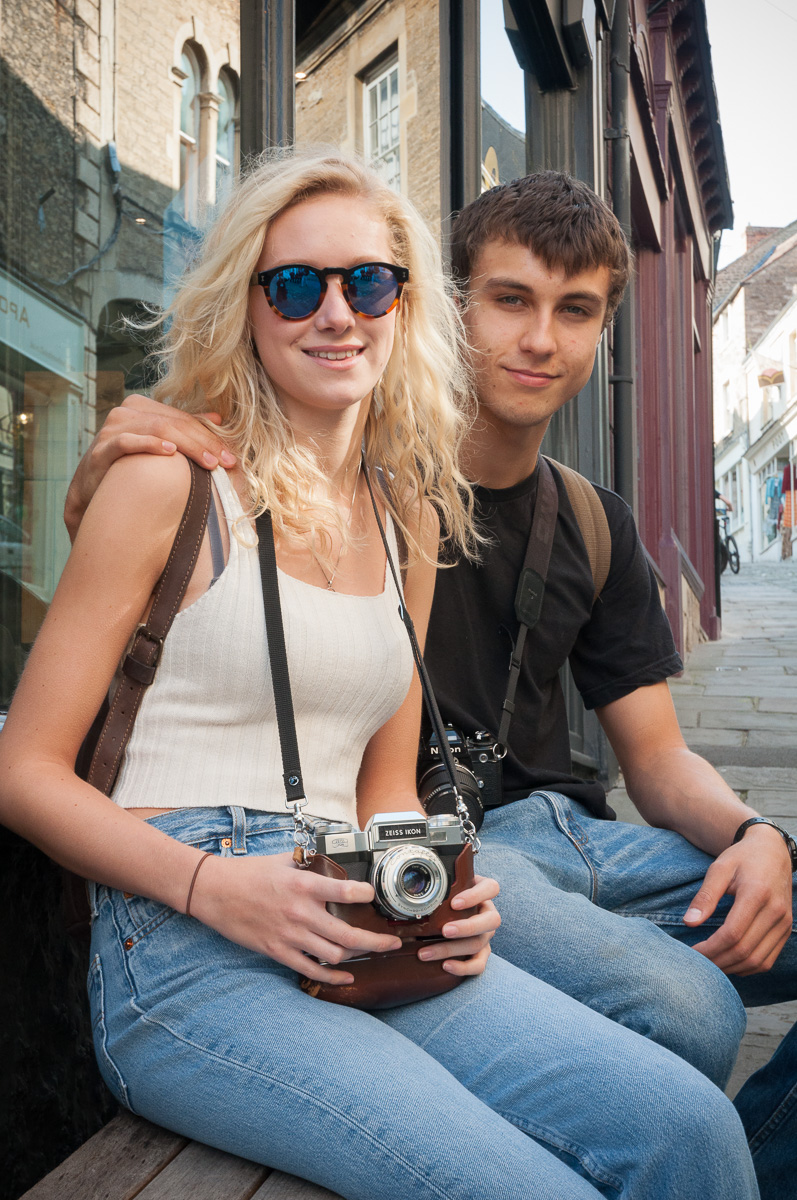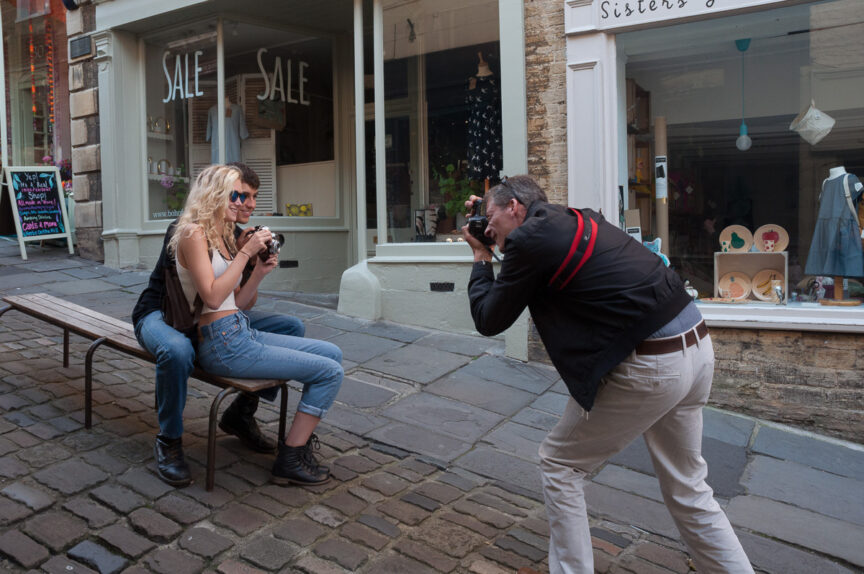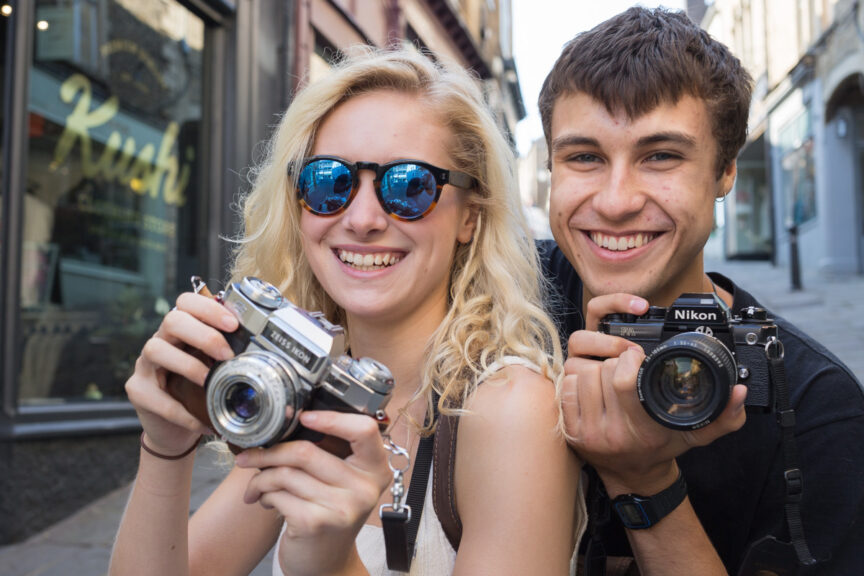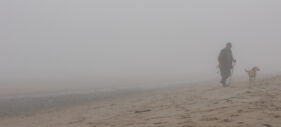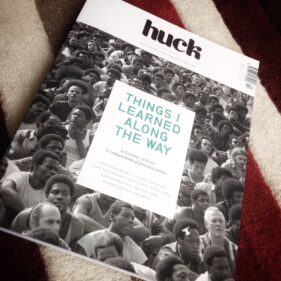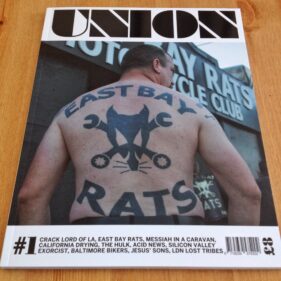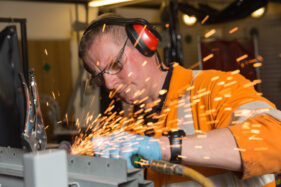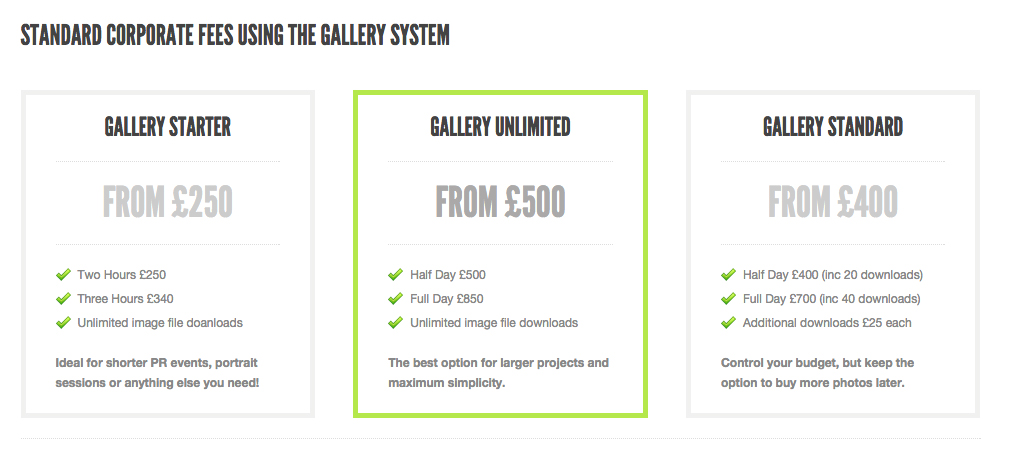Perhaps one of the toughest aspects of making a profession out of photography is that of maintaining inspiration. I love what I do, and I love working with businesses to create the images they need for their projects. Sometimes it can seem a little formulaic and routine, such as when I’m shooting 30 executive headshots in a board room, but even then I enjoy meeting all the different people, having a chat and laugh with them, relaxing them into their photo session while simultaneously ensuring the results are top notch. I never tire of this.
Other times I get to work on projects with which I can get more creative – just look back through my recent posts and case studies to get a flavour of the kinds of jobs I’m talking about, but inspiration for everything I do has to come from somewhere and I’ve become increasingly aware that over the last few years I’ve been neglecting to feed my creative soul.
Back when I worked on newspapers I would take inspiration from colleagues and competitors. I would see their work every day, and it would spur me on. Now that I tend to work in isolation, this source is a little dry.
My personal projects help feed into, inform and inspire me for my paid assignments, but even these require some kind of external input or I’ll find myself running like a hamster in a wheel, feet going like crazy, but not actually getting anywhere new in a creative sense.
I’ve started to address this issue. I’ve realised that while I do spend time looking at images online, following favoured Instagram accounts and the twitter feeds of some really incredible photographers, I also need to see printed photography, which forces you to sit and consider rather than just flicking to the next image as one tends to do online. Plus it’s an edited source, rather than the constant rush of throwaway pics in which the good stuff tends to get buried.
So when I saw that Huck magazine (whose twitter feed I follow and enjoy) were bringing out a special edition, I bought it. Packed with inspirational people in all kinds of fields, all photographed differently by a wide variety of photographers, as much as anything it was the pleasure of seeing photographs in print again (and sniffing the printed page… you know what I mean) which has helped wake my creative soul again.
Likewise when I saw that an old photographer friend of mine, James Cheadle, was working on a new magazine, I had to get my hands on a copy.
Like Huck, James’ magazine, Union, is a stylish, high-quality publication beautifully printed (mmmm smell the print!). Where the Huck Special Edition profiles different creative people and entrepreneurs, Union consists of fascinating photojournalistic articles about gangs, drugs, tribes, religions, bikers… the list goes on. It’s a hell of an undertaking and I really hope it thrives because there seem to be so few outlets for this style of photojournalism in mainstream newspapers and magazines.
So now to the next step. I have to take the inspiration I get from the likes of Huck and Union and start applying it to my own work again and stop being the hamster in the wheel. I’m taking the time to get off the wheel, and fill my cheeks with yummy inspiration.

